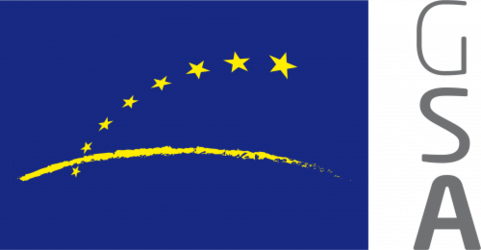First results
Galileo Initial Services became available across the globe on 15 December 2016, the culmination of a long process of work that began with Galileo's very first positioning fix, more than three years earlier.
On 12 March 2013, Galileo’s space and ground infrastructure came together for the very first time to perform the historic first determination of a ground location, taking place at ESA’s Navigation Laboratory in the ESTEC technical centre, in Noordwijk, the Netherlands. From this point, generation of navigation messages enabled full testing of the entire Galileo system. A wide variety of tests followed, carried out all across Europe.
ESA and its industrial partners had teams deployed in the field continuously for test operations. More than 10 000 km were driven by test vehicles in the process of picking up signals, along with pedestrian and fixed receiver testing. Many terabytes of IOV data were gathered in all.

The single most important finding from the test results? Galileo works, and it works well. The entire self-sufficient system has been shown as capable of performing positioning fixes across the planet.
Galileo’s observed dual-frequency positioning accuracy is an average 8 m horizontal and 9 m vertical, 95% of the time. Its average timing accuracy is 10 billionths of a second – and its performance is set to sharpen as more satellites are launched and ground stations come on line.
For Galileo’s search and rescue function – operating as part of the existing international Cospas–Sarsat programme – 77% simulated distress locations can be pinpointed within 2 km, and 95% within 5 km.
All alerts are detected and forwarded to the Mission Control Centre within a minute and a half, compared to a design requirement of 10 minutes.
Following this success, the build-up of the Galileo system can proceed to placing the remaining 'Full Operational Capability' satellites into orbit and deploying further ground stations.















 Germany
Germany
 Austria
Austria
 Belgium
Belgium
 Denmark
Denmark
 Spain
Spain
 Estonia
Estonia
 Finland
Finland
 France
France
 Greece
Greece
 Hungary
Hungary
 Ireland
Ireland
 Italy
Italy
 Luxembourg
Luxembourg
 Norway
Norway
 The Netherlands
The Netherlands
 Poland
Poland
 Portugal
Portugal
 Czechia
Czechia
 Romania
Romania
 United Kingdom
United Kingdom
 Slovenia
Slovenia
 Sweden
Sweden
 Switzerland
Switzerland
































